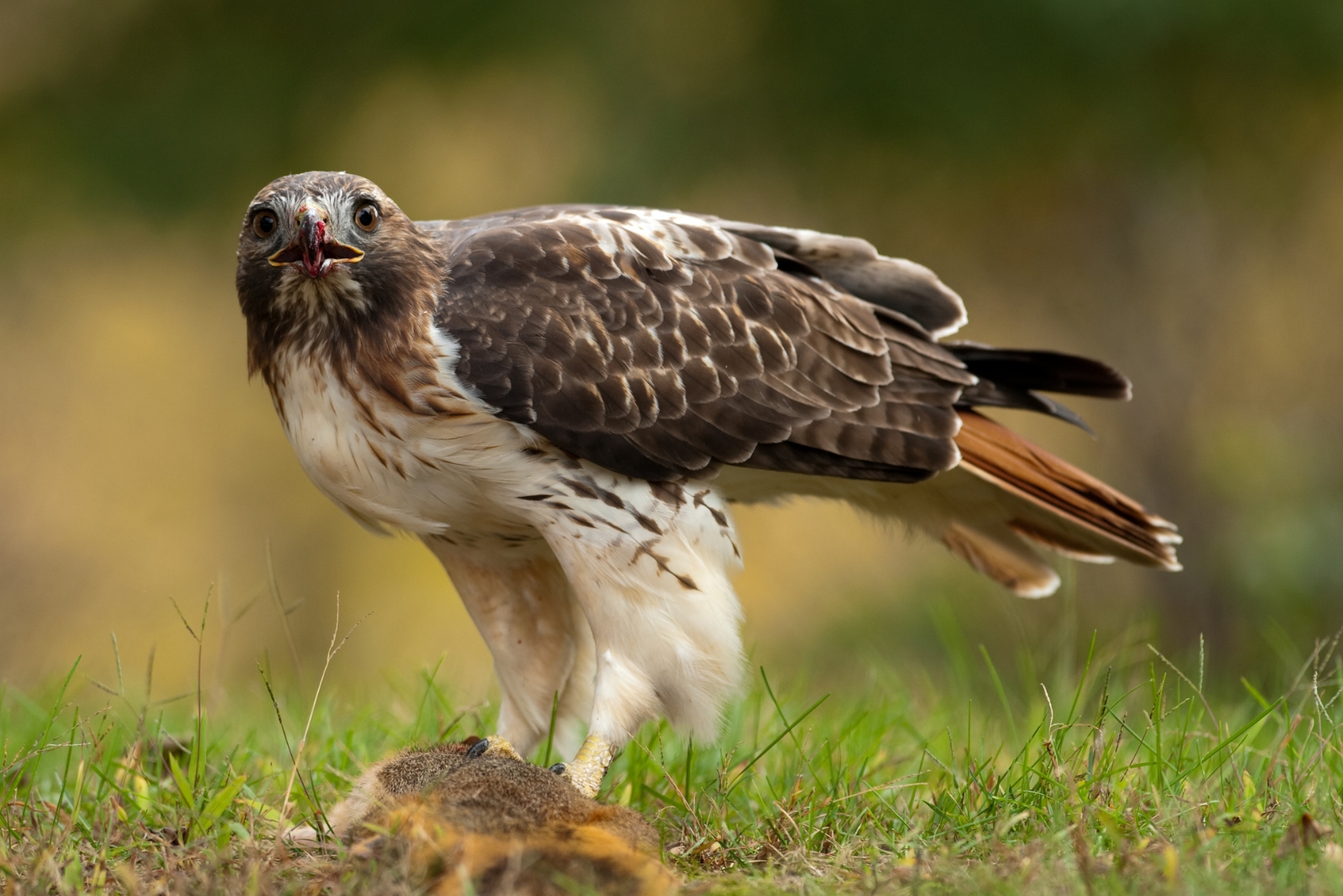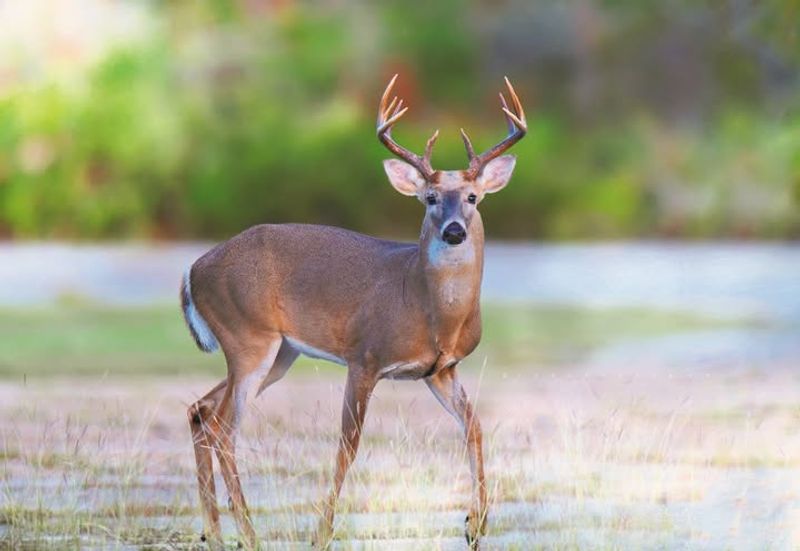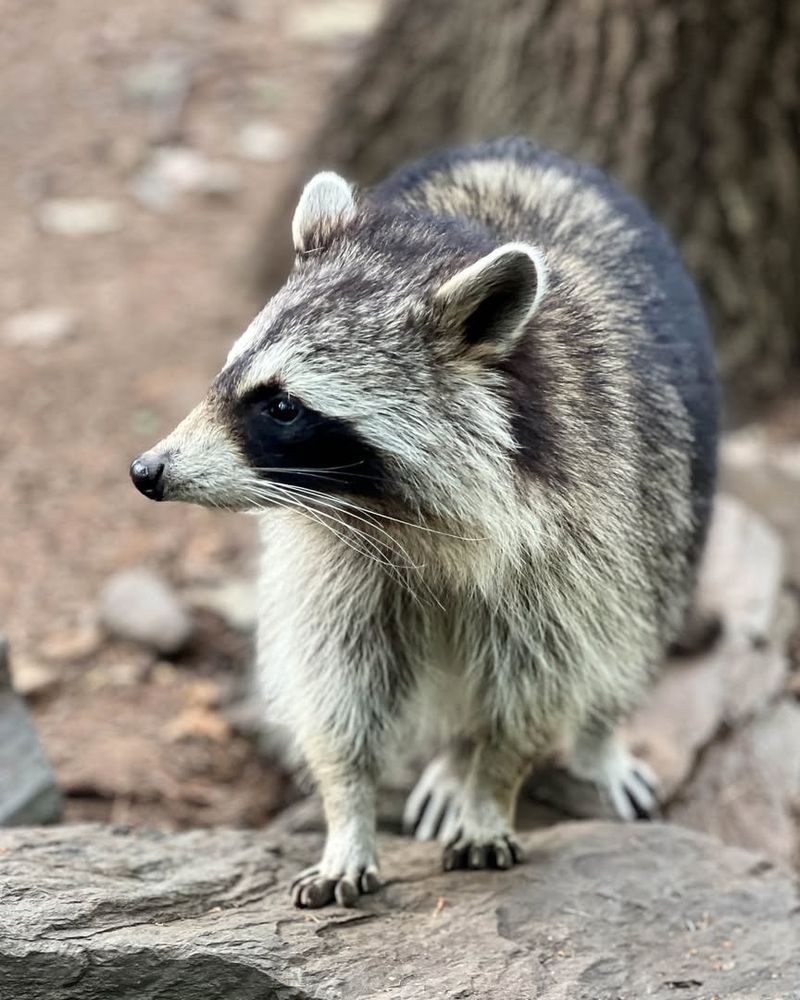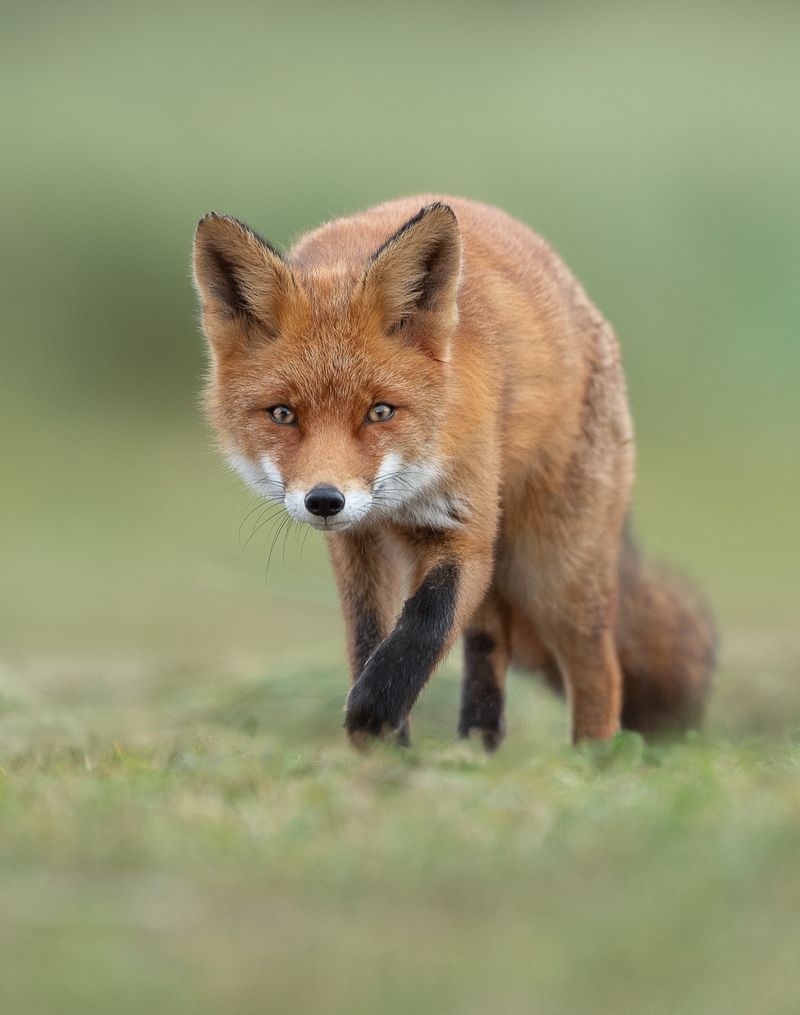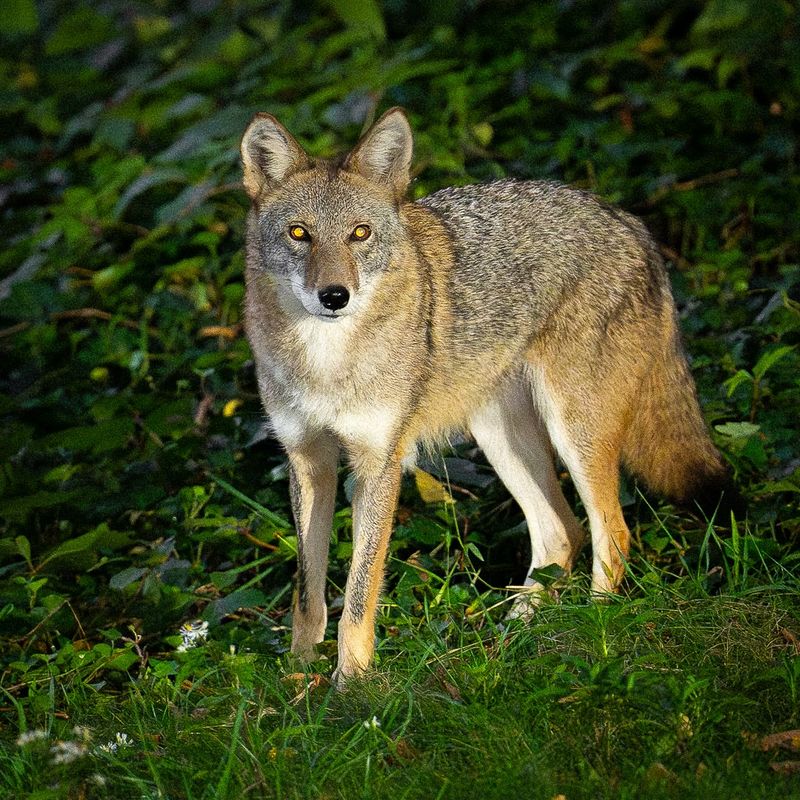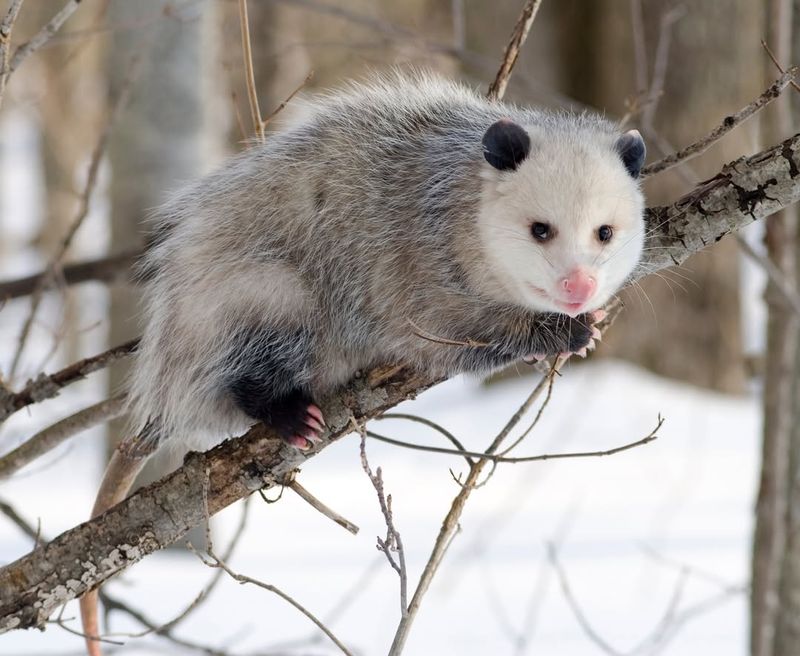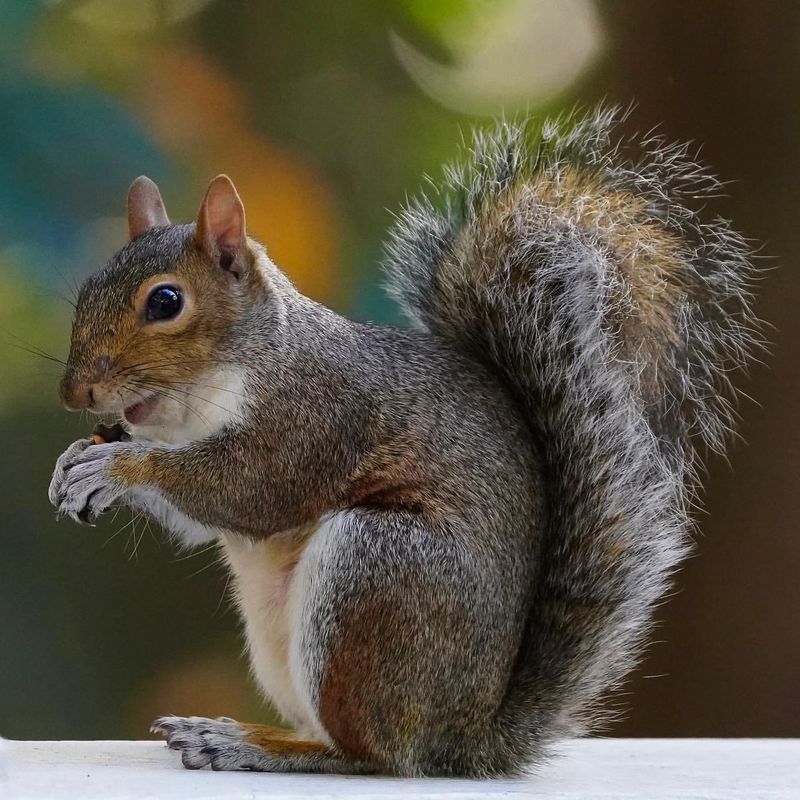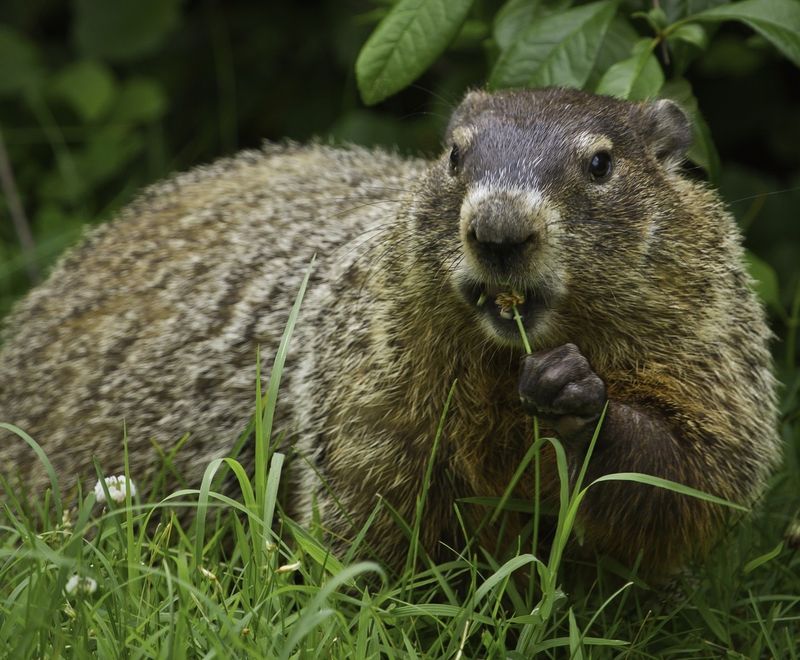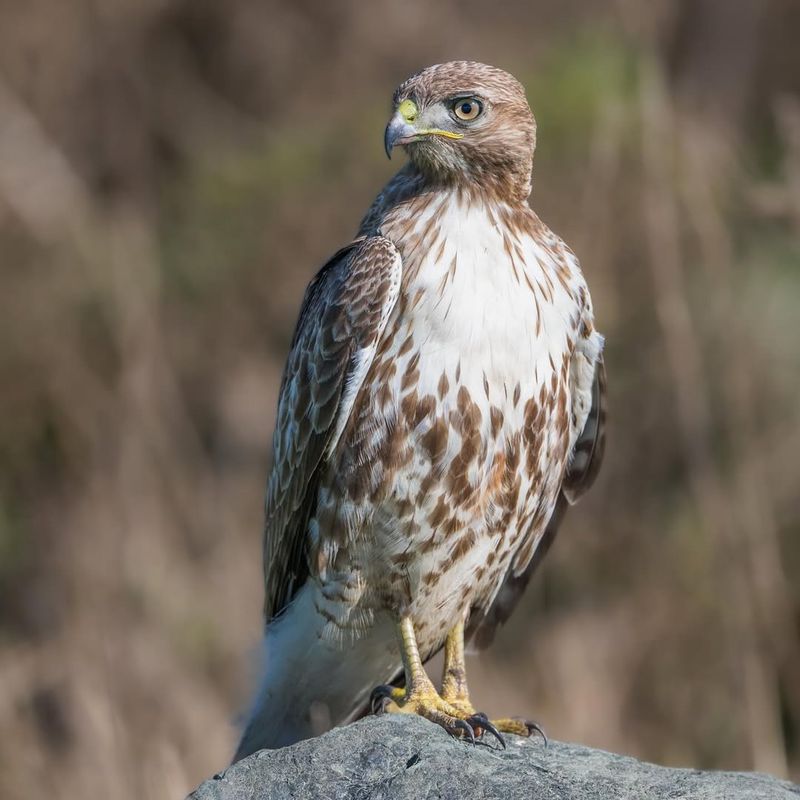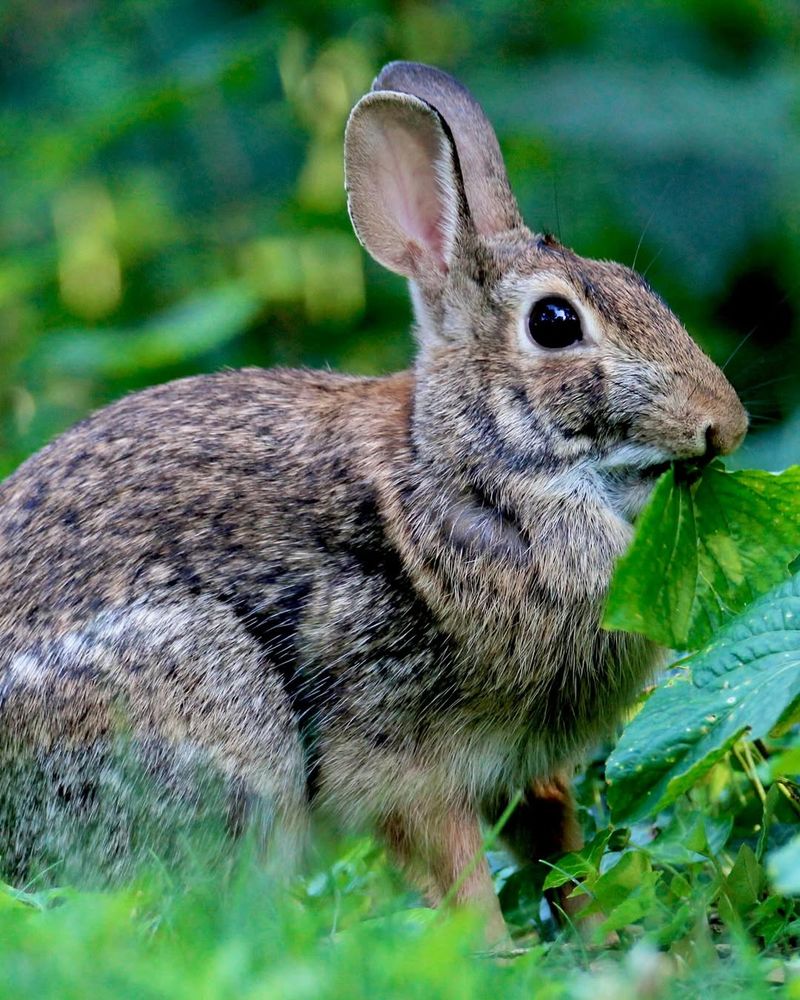Ohio cities have become little wildlife hubs lately, and I’m always surprised by what turns up just a few steps from my porch.
Some of these animals have adapted in ways that are honestly impressive. You might be sharing your neighborhood with more creatures than you think. Let’s meet the ones living right beside you.
1. White-Tailed Deer
Graceful and surprisingly bold, white-tailed deer have become regular visitors to Ohio suburbs and city parks. They munch on garden plants, flowers, and shrubs, especially during early morning or evening hours.
Homeowners across Ohio often wake up to find these beautiful animals grazing on their lawns. While they’re fun to watch, deer can damage landscaping and carry ticks that spread diseases.
If you want to keep them away, try installing motion-activated sprinklers or planting deer-resistant flowers like lavender and marigolds around your property.
2. Raccoons
With their bandit masks and nimble paws, raccoons are expert problem-solvers who’ve mastered city living throughout Ohio. They’re mostly nocturnal, so you’ll hear them knocking over trash cans or exploring your deck after dark.
Raccoons eat almost anything, from leftover pizza to bird seed, making human neighborhoods perfect hunting grounds. They’re intelligent enough to open latches, unscrew lids, and remember where food sources are located.
Secure your garbage with bungee cords and never leave pet food outside overnight to discourage these masked visitors from settling in.
3. Red Foxes
Sleek and stunningly beautiful, red foxes have become common sights in Ohio cities, especially in areas with nearby woodlands or parks. Their rusty-red coats and bushy tails make them easy to identify as they trot through neighborhoods hunting mice and rabbits.
Foxes are shy around humans but incredibly curious, sometimes denning under sheds or porches to raise their pups. They actually help control rodent populations, making them beneficial neighbors in many ways.
Keep small pets indoors at dawn and dusk when foxes are most active hunting.
4. Coyotes
Once rare in Ohio cities, coyotes have expanded their range dramatically over recent decades. They look like medium-sized dogs with pointed ears, narrow snouts, and bushy tails that hang down when they run.
Coyotes are incredibly adaptable, hunting rabbits, rodents, and sometimes raiding garbage for easy meals. Most Ohio residents never see them because coyotes are cautious and typically avoid direct human contact.
If you spot one, make loud noises and wave your arms to scare it away, teaching it to fear humans and stay distant from residential areas.
5. Opossums
Ohio’s only marsupial, the opossum looks a bit odd with its rat-like tail and pointed pink nose, but it’s completely harmless to humans. These slow-moving creatures waddle through backyards eating insects, snails, ticks, and even venomous snakes.
Opossums rarely carry rabies because their body temperature is too low for the virus to survive. When threatened, they sometimes play dead, which is where the phrase “playing possum” comes from.
Leave them alone if you see one—they’re nature’s cleanup crew, gobbling up thousands of ticks each season across Ohio neighborhoods.
6. Eastern Gray Squirrels
Acrobatic and endlessly entertaining, gray squirrels are perhaps the most common wild animal in Ohio cities. They leap between trees, raid bird feeders, and bury nuts everywhere, often forgetting where they hid them.
Squirrels are active year-round, even during Ohio’s cold winters, relying on hidden food caches to survive. Their forgotten acorns actually help plant new trees throughout neighborhoods and parks.
While mostly harmless, they sometimes chew through attic vents or electrical wires, so seal any openings around your roofline to keep them outside where they belong.
7. Groundhogs
Chubby and surprisingly fast when startled, groundhogs dig extensive burrow systems under sheds, porches, and gardens across Ohio. Also called woodchucks, they’re excellent excavators with strong claws built for digging.
Groundhogs feast on garden vegetables, clover, and grass, sometimes causing frustration for Ohio gardeners who lose entire crops overnight. They hibernate during winter months, emerging around February—hence the famous Groundhog Day tradition.
Fencing buried at least twelve inches underground can protect your garden from these persistent diggers who love fresh vegetables as much as you do.
8. Canada Geese
Honking loudly as they fly overhead, Canada geese have become year-round residents in many Ohio cities instead of migrating south. They gather in large flocks near ponds, golf courses, and parks with open grass.
While beautiful to watch, geese can become aggressive during nesting season and leave messy droppings everywhere they graze. Ohio parks sometimes struggle to manage populations that grow too large for available space.
Never feed geese bread—it’s unhealthy for them and encourages aggressive behavior when they lose their natural fear of humans seeking handouts.
9. Red-Tailed Hawks
Soaring majestically above Ohio cities, red-tailed hawks have adapted remarkably well to urban hunting grounds. You’ll recognize them by their broad wings, reddish-brown tail feathers, and piercing call that sounds like a movie eagle.
Hawks perch on light poles, rooftops, and tall trees, scanning for mice, squirrels, and rabbits below. They’re beneficial predators that help control rodent populations naturally without chemicals or traps.
If you see one, consider yourself lucky—watching a hawk hunt is like having a nature documentary unfold right outside your Ohio window.
10. Eastern Cottontail Rabbits
Adorable but destructive, cottontail rabbits thrive in Ohio neighborhoods where gardens provide endless buffets of lettuce, flowers, and vegetables. Their white fluffy tails bounce as they hop away when startled.
Rabbits breed incredibly fast, with females producing multiple litters each year throughout Ohio’s warm months. They create shallow nests hidden in tall grass where baby bunnies stay motionless to avoid predators.
Chicken wire fencing around garden beds works well to protect plants, though rabbits can squeeze through surprisingly small gaps if they’re determined enough to reach tasty treats inside.

